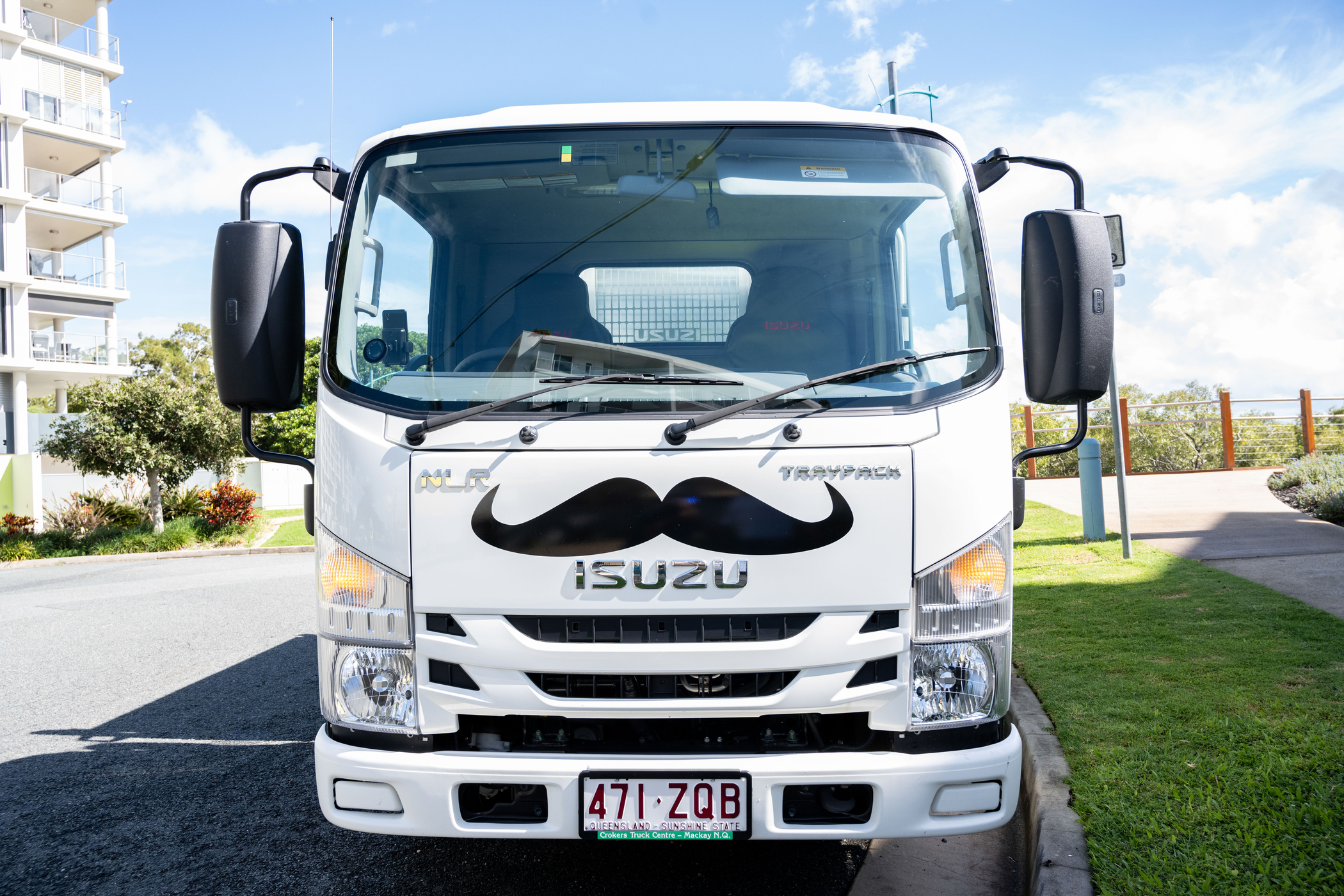AUTONOMOUS VEHICLE TRIALS - HOW FAR OFF ARE WE?

 Through these blogs we’ve been covering the constantly developing story of autonomous vehicles on our roads. The latest projections estimate that in only nine years self-driving vehicles could be standard issue. If you’re having trouble imagining that in less than a decade your new truck will drive you to the depot, rather than the other way round, you’re not alone. But we better start getting used to it because, much like a self-driving truck along the freeway, the technology is powering forward on its own steam. The first autonomous passenger vehicle is slated to be sold at some point this year, and in about 20 years it’s estimated 75 per cent of all vehicles on our roads will drive themselves. To keep you updated with this exciting technology, we’re taking a look at the standardisation of autonomous trials. These trials will be the next step in working out exactly how long we’ve got until our vehicles take the reins. Importantly, we’ll also take a look at what these developments mean for the average truck driver.
Through these blogs we’ve been covering the constantly developing story of autonomous vehicles on our roads. The latest projections estimate that in only nine years self-driving vehicles could be standard issue. If you’re having trouble imagining that in less than a decade your new truck will drive you to the depot, rather than the other way round, you’re not alone. But we better start getting used to it because, much like a self-driving truck along the freeway, the technology is powering forward on its own steam. The first autonomous passenger vehicle is slated to be sold at some point this year, and in about 20 years it’s estimated 75 per cent of all vehicles on our roads will drive themselves. To keep you updated with this exciting technology, we’re taking a look at the standardisation of autonomous trials. These trials will be the next step in working out exactly how long we’ve got until our vehicles take the reins. Importantly, we’ll also take a look at what these developments mean for the average truck driver.
Wait, how did this happen?
We’ve seen Terminator – we share your fear of robots taking over the world. But vehicle automation is no longer in the realm of sci-fi and so far (touch wood) it’s shown no signs of bringing the apocalypse. There’s already a wide range of cars available on the Australian market that can scan for parking spaces and reverse-parallel park by themselves. And like most modern innovations, the technology is being propelled by large potential financial benefits. For some trucking companies, automation could provide major operation opportunities. Trucks that can drive themselves 24 hours a day, 365 days a year with no downtime can lead to huge profit increases. More importantly, the companies behind automated technology hope they can reduce traffic accidents by up to 90 per cent. For the time being though, drivers still have to man autonomous vehicles in case something goes wrong, which is where regulation comes in.
Australian trials
Both the Victorian and Queensland state governments are currently creating legislation for autonomous vehicle trials due to take place this year around the country. The trials will find out how these vehicles cope with Australian road rules and driving conditions. Queensland’s trials will take place over the next four years, testing out Cooperative Intelligent Transport Systems (C-ITS) technology that can alert drivers to up-coming hazards out of the drivers view, such as someone running a red light at the next intersection. State governments are particularly keen on rolling out the technology, partnering with Australian engineering companies like Bosch, in order to reduce road fatalities. With the vast majority of road accidents caused by human error, autonomous driving is being heralded as the preeminent new strategy in fighting the road toll. The Victorian state government, which green-lighted trials along the Monash–Citylink–Tullamarine corridor, has just released a discussion paper on the subject in order to gain industry feedback.
Global progress
If you think things are progressing quickly in Australia, take a look at what’s happening worldwide. In Dubai, the government is aiming for 25 per cent of all transportation to be automated by 2030. They expect doing this will save over $8 billion in annual revenue by raising productivity and reducing transport costs, emissions and accidents. In the U.S, most major vehicle manufacturers have teamed up with small tech companies in Silicon Valley to develop the automated cars that will soon be hitting our roads. Uber meanwhile, aiming to maximise profits is trialling autonomous vehicles across several major U.S cities.
What’s the future?
Australia is actually leading the world in automating the role of truck drivers. Rio Tinto is already using 240-tonne driverless trucks to transport iron ore in the Pilbara, saying it’s safer and cheaper than using human drivers. While it will be some time before we see self-driving trucks on Australian highways, it’s already been two years since the first self-driving truck hit the road in the U.S. Since then, completely driverless convoys have made trips across Europe. Autonomous technology could result in some amazing opportunities. Not only does it open up new transportation possibilities, but it could create a whole new era of up-skilling across the truck industry workforce. There are still many question marks over how autonomous trucks will cope with specific conditions, and no Australian regulation is currently planning for a driverless future. For the foreseeable future, truck drivers themselves will be the most important part in the new technology.


Playtime’s over, get $3,500* to spend on extras.
If you’re ready to get serious about tackling bigger jobs, grab yourself an NLR 45-150 AMT SWB Traypack from the Ready-to-Work range for $62,990 drive away*. And to prove we aren’t playing, buy any NLR Traypack before June 30 and you’ll get $3,500* to spend on genuine accessories or an Essentials service agreement.
Learn more



